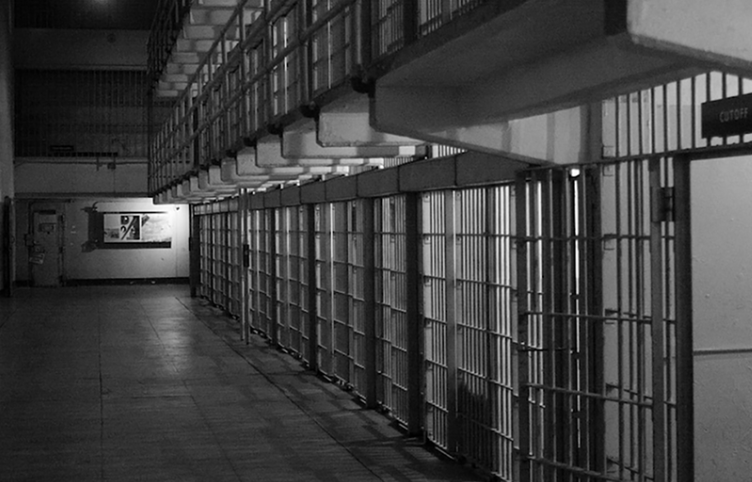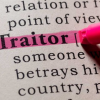According to a statement released on September 3 by the Department of Corrections, a Minnesota prison effectively managed a situation in which 100 inmates in a housing unit declined to go back to their cells due to a heatwave. The department highlighted that a former inmate at the facility claimed that this action was a form of protest against the excessively hot conditions within the prison. The situation was resolved without any noteworthy incidents.
The department emphasized that the situation remained peaceful and steady. They further mentioned that inmates were expressing their discontent because prison guards had restricted their time outside of their cells. Various reports indicated that advocates, some of whom have family members incarcerated in the Stillwater prison, also held protests. Many of these advocates asserted that inmates had been enduring elevated temperatures, limited access to showers, and the absence of air conditioning since July.
Marvina Haynes, a prominent figure within the Minnesota Wrongfully Convicted Judicial Reform group, conveyed to the press that numerous prisoners were in a state of “desperate.” She explained that many of them reached out to the organization and disclosed their refusal to return to their cells.
In a distinct statement, Bart Anderson, the director of the union representing the prison’s correctional officers, commented that this incident underscores a pervasive problem. He also pointed out that it sheds light on the persistent issue of chronic understaffing within the operations of the Minnesota Department of Corrections.
Anderson went on to clarify that the adverse weather conditions were a source of frustration for prison inmates due to the limitations on their leisure time. The director of the union also acknowledged that, despite being an undesirable approach, it was necessary due to the insufficient number of security personnel available to safeguard the Stillwater prison.
The Department of Corrections highlighted that two officers remained stationed in a secure area and maintained communication with prison staff throughout the duration of the emergency lockdowns. They also emphasized that there were no injuries, and order was restored with the assistance of crisis negotiation teams and the Special Operations Response Team.













